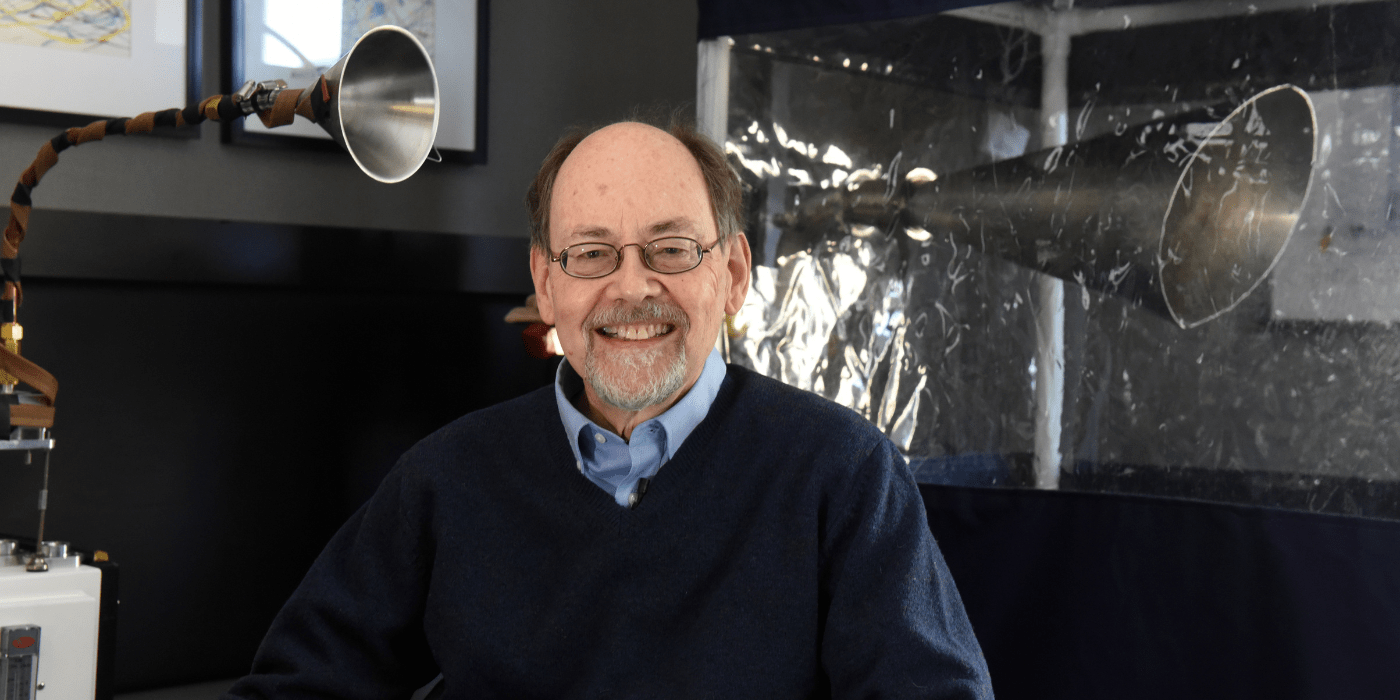
With the help of Dr. Donald Milton, a School of Public Health environmental health professor and renowned airborne disease expert, the World Health Organization (WHO) wants to change how people across medical and scientific fields talk about transmission of respiratory viruses like COVID-19. The April 18 report aims to combat the misinformation that spread rapidly during the pandemic and sometimes cost people their health - or lives.
Milton, along with fellow experts from around the globe, drafted a consultation report outlining types of respiratory virus transmission and airborne infections – the main focus of Milton's work for the past 25 years. The report sought to establish wording that could be easily used and understood by all professional groups.
“The report corrects a number of misconceptions and misunderstandings that were major problems earlier in the COVID-19 pandemic.” said Milton. “It is important to have clear terminology and a shared understanding as a basis for developing effective policy to prevent infection and control pandemics.”
The report proposes “airborne transmission/inhalation” as the best term for infectious respiratory particles emitted into the air and breathed in. This transmission can cause infection and can occur when the particles travel both short and long distances from the person with the infection.
When infectious respiratory particles follow a semi-ballistic trajectory over a short distance through the air and land directly onto the mouth, nose or eyes of another individual, the report proposes using the term “direct deposition.”
“The report states clearly that the risk of airborne/inhalation transmission is greatest close to an infected person,” Milton said.
The new report offers clarification that infectious particles floating in the air can be various sizes. Because the terms “aerosol” and “droplet” were misunderstood or used differently in different scientific disciplines, these terms were avoided in this report.
Though the report helps clarify terminology for important modes of respiratory infection transmission, Milton notes that there is still a great deal of work needed to reach scientific consensus on the relative importance of each mode for specific infectious agents.
“These two modes are very different. They require very different controls to protect healthcare workers and other high-risk people,” Milton said. “How this report is translated into infection prevention and control policy will be critical – that work lies ahead. Acknowledging that airborne/inhalation and direct deposition transmission are very different, as described in the body of the report, could be a first step toward new and more effective policies.”
This report, 20 years after the release of pivotal research in the New England Journal of Medicine outlining the airborne transmission of SARS-CoV-1 and Milton’s NEJM Perspective on airborne transmission, is one step WHO is taking to standardize scientific terminology. The organization plans to research this topic further through the collaboration of scientists in other disciplines and explore broader implications the updated terminology may have on health care.
“I hope that this report will help move that process toward a stronger foundation in the science of airborne infection,” Milton said.
-By Sumaya Abdel-Motagaly ‘26